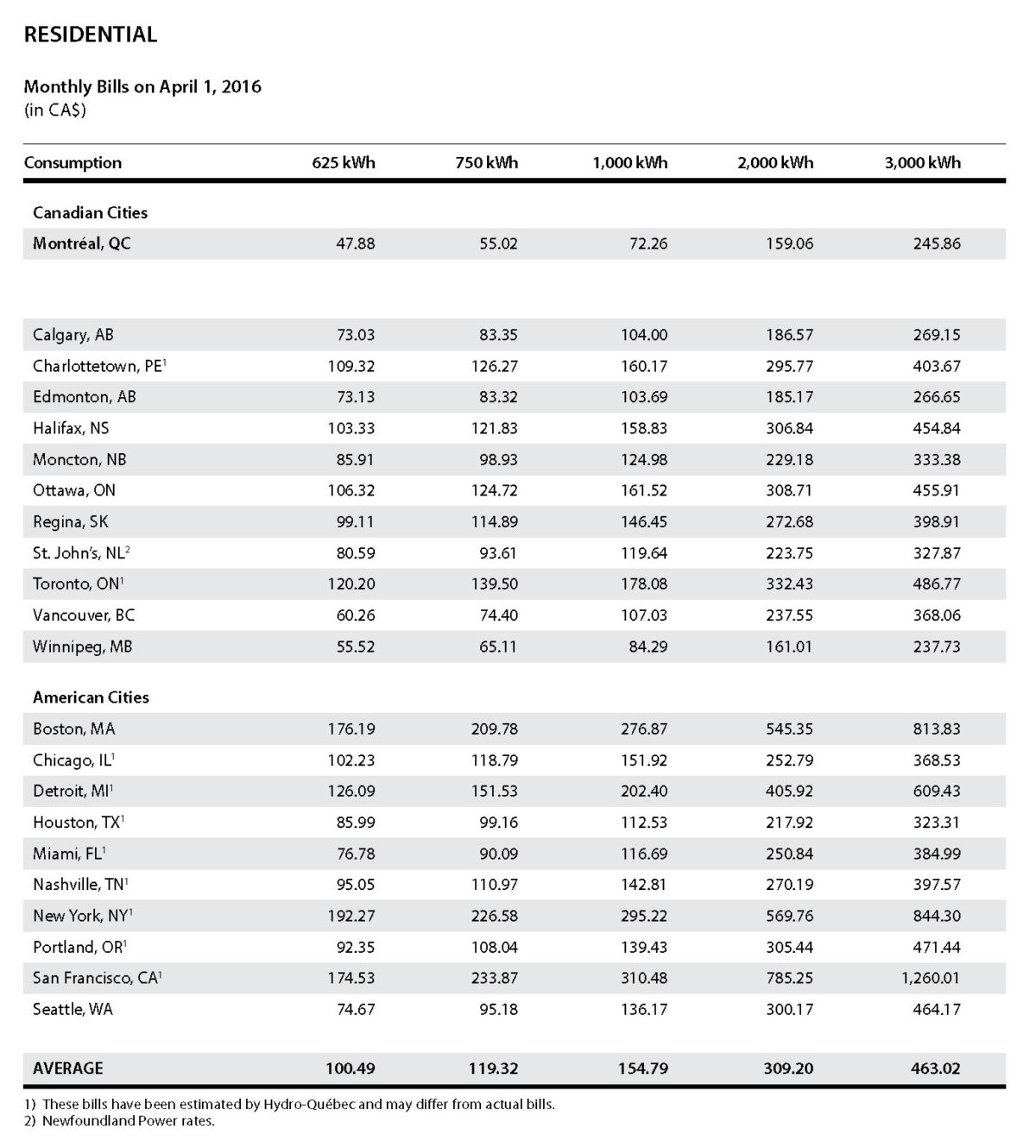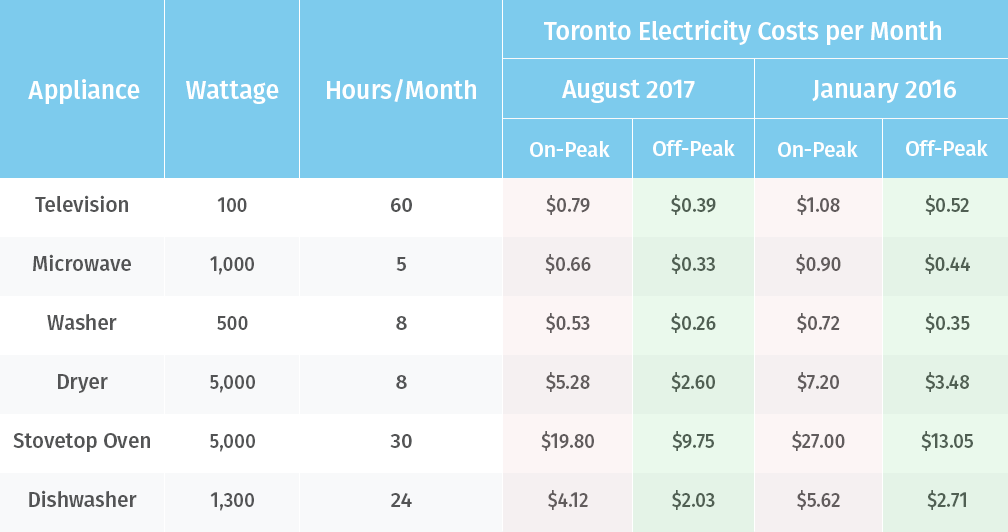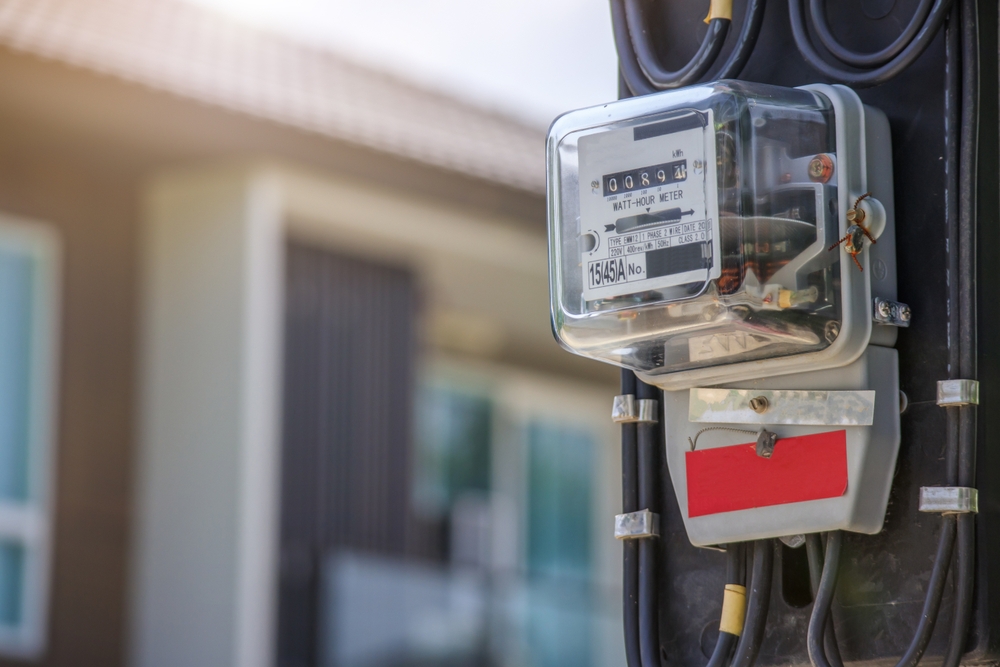Canadians are blessed (or cursed, depending on your feelings towards winter and summer) with living in a country that has four seasons. However, unlike Antonio Vivaldi’s famous violin concerto, paying for energy bills throughout the year is not always music to our ears.
Homeowners, small businesses, and renters alike may complain about the high cost of electricity, but based on your location and which resources are used to provide power (e.g. nuclear energy, natural gas, coal, water, oil, wind), every city pays different rates. There are many utility providers across Canada, and each province offers different seasonal or tiered prices, which impact your energy footprint.
It is fairly easy to do a quick online search for recommendations on keeping your energy costs down, but what does that amount to at a dollar value? And where does Toronto rank compared to other cities? Let’s explore how these costs are broken down, and how much you can actually end up saving on your energy bill each year during off-peak times.
2016 Average Monthly Rates
To begin, it’s good to have an understanding of how much, on average, Canadians are paying for electricity. Hydro-Québec publishes an annual report that compares electricity prices throughout major North American cities. The information presented in this analysis is pulled from their most recent findings, published in April 2016.
Based on a residential consumption rate of 1,000 kWh/month, Montreal, QC ranked first in the list with the lowest monthly bill of $72.26/month (pre-tax), while Toronto, ON ranked highest, at $178.08/month (pre-tax). The complete list of monthly rates for major Canadian cities, as well as some American cities, is below:

Chart courtesy of Hydro-Québec, Comparison of Electricity Prices in Major North American Cities 2016
For more details on why Ontarians are paying so much for electricity compared to other provinces, check out The Globe and Mail’s informative article here.
Understanding Ontario’s Energy Prices
Despite Toronto’s high ranking, huge efforts are being made to reduce the cost of the amount of energy consumed by its residents. In 2013, the Government of Ontario and the Ontario Energy Board (OEB) rolled out “time-of-use” (TOU) electricity rates by installing smart meters in homes across the province, which record electricity usage at different times during the day. Energy prices are adjusted twice a year, on November 1 and May 1, and the amount you pay is determined by off-peak, mid-peak, and on-peak hours.
The majority of households and small businesses in Ontario are billed based on TOU pricing, but a very small number of consumers are billed based on tiered rates. Tiered rates are not regulated by the OEB, and the prices are determined by the contract you sign with your energy provider.
TOU pricing is beneficial to Ontarians, as it allows residents to pay less for electricity during off-peak hours, such as evenings and weekends, when the demand for energy consumption is lower. According to the Ministry of Energy, this shift has caused residential consumers to use about 65 per cent of their electricity during off-peak hours, 17 per cent in mid-peak hours, and 18 per cent during on-peak hours.
How Are Energy Rates Calculated in Other Provinces?
Ontario and Nova Scotia* are the only two provinces that offer TOU or “time-of-day” (TOD) rates. All other provinces have tiered residential consumption rates or seasonal pricing rates that are adjusted based on the time of year and how much energy consumers use.
For example, in British Columbia, BC Hydro enforces two-step pricing, which means that customers are billed every two months at a Step 1 (cheaper) rate for the first 1,350 kilowatt hours (kWh), and once they go over that amount, they are billed at a Step 2 (higher) rate per kWh. Alberta, Saskatchewan, Manitoba, Quebec, New Brunswick/PEI, and Newfoundland and Labrador residents are billed based on a fixed rate each month or season. However, these rates can also change if you go over or under a specific amount of kilowatts.
Sounds complicated, but the biggest take-away is to monitor your bill carefully each month and keep tabs on when electricity prices are scheduled to change. Many utility companies provide hourly breakdowns in your statement to help you understand which appliances are consuming the most power, and when. Although heating and air conditioning are not accounted for in this post, it’s important to keep in mind that those costs will also be reflected in your energy bill. Note that you are also being billed for service delivery, administration fees, taxes, and other services that help keep your utility provider up and running, in addition to the actual cost of electricity.
Toronto Energy Cost Calculation
So, what does this amount to in terms of real cost savings? The answer is threefold: it really depends on your energy provider, which appliances you use, and where you live. But, to give you a rough idea, below is a chart* comparing approximately how much some common household appliances can cost per month in Toronto.
This formula has been used to calculate the costs in the table below, and can be used to calculate how much your own appliances cost each month, as appliance brands and wattages differ from home to home. These numbers are an approximate monthly cost for common appliances based on an average monthly usage, broken up by summer and winter rates in Toronto.

As you can see, using appliances during off-peak hours is a great way to save money each year, and it’s never too late to start. Installing LED lights in your home, updating your larger appliances to those with ENERGY STAR ratings, running your washing machine on a cold cycle in the evening, and even charging your phone or computer at night will go a long way in helping you save on your next energy bill.
For more tips and tricks on conserving energy, especially during those hot and cold months when your A/C or furnace is running, visit your local energy provider’s website, or check out this post on energy saving tips for summer. Happy saving!
* Nova Scotia’s TOD rates only apply to residents using electric-based heating systems with Electric Thermal Storage (ETS) equipment. Otherwise, standard residential rates apply.
* Data in this chart was determined based on the following:
- Wattage for each appliance is an overall average, taken from Toronto Hydro’s Appliance Usage Chart.
- Toronto’s on- and off-peak rates are based on the OEB’s current and historical data.
- Television rates are calculated based on two hours of use per day.
- Microwave rates are calculated based on 10 minutes of use per day.
- Washer/dryer rates are calculated based on one hour cycles, twice a week.
- Stovetop oven rates are calculated based on one hour of use per day.
- Dishwasher rates are based on an average cycle of two hours, three times a week.
Article Updated June 2022
